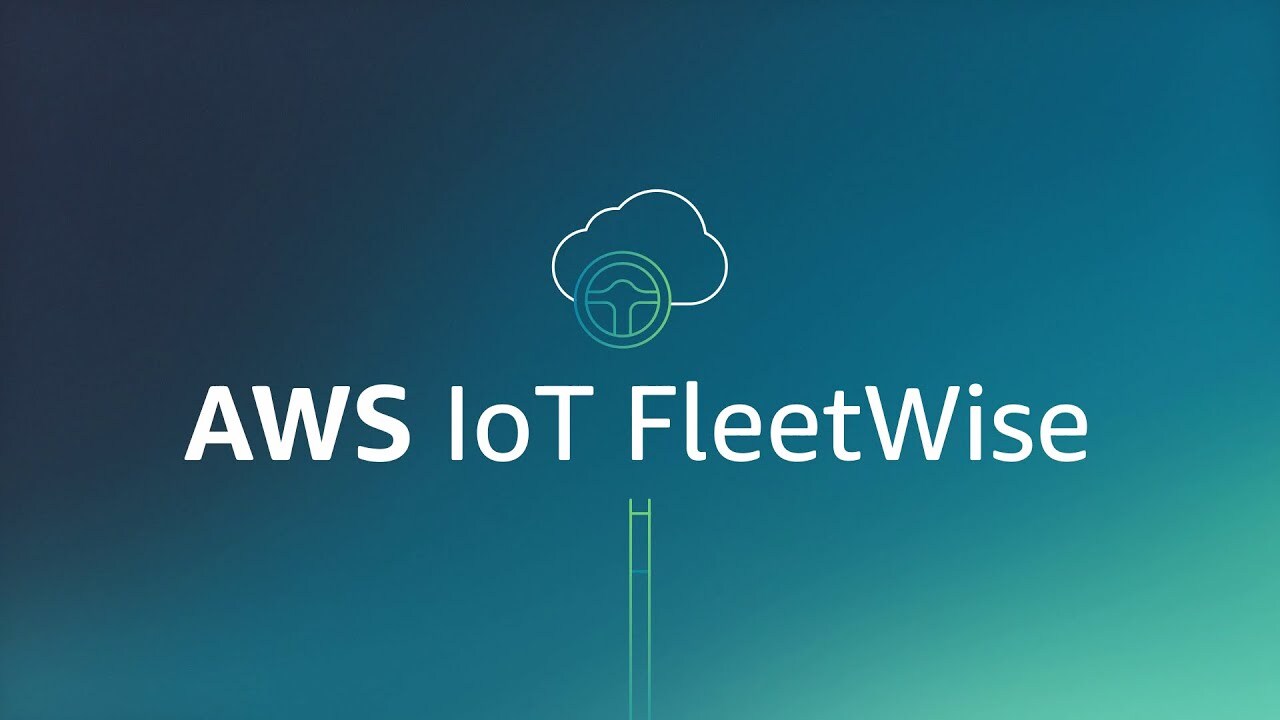Navigating the Seas of Connectivity: A Simple Guide to Amazon IoT FleetWise in AWS
 Sumit Mondal
Sumit MondalTable of contents

Introduction:
In the vast ocean of the Internet of Things (IoT), managing fleets of devices efficiently is crucial for smooth sailing. Amazon IoT FleetWise in AWS is your compass in this journey, offering a streamlined approach to monitor, update, and maintain your connected devices. In this blog, we'll embark on a voyage to understand the basics of Amazon IoT FleetWise, providing simple examples to help you navigate the waters of IoT management.
Setting Sail with Amazon IoT FleetWise:
1. Understanding IoT FleetWise: Amazon IoT FleetWise is a service that simplifies the management of large fleets of connected devices. It allows you to collect and organize data from these devices, perform remote updates, and monitor their health. Imagine it as your ship's control center, enabling you to steer your fleet from a single dashboard.
2. Getting Started: To set sail, you'll need an AWS account. Once logged in, navigate to the IoT Core console and choose FleetWise from the navigation menu. Click on "Create a Fleet" to begin configuring your fleet.
Example: Suppose you have a fleet of smart sensors deployed in various locations. Creating a FleetWise group for each sensor type (temperature, humidity, etc.) makes it easier to manage and monitor them separately.
3. Defining Device Configurations: Next, define the configurations for your devices. This includes firmware versions, security policies, and other settings. FleetWise ensures that all devices in a fleet adhere to the specified configurations, maintaining consistency across the board.
Example: You have an update for your temperature sensors to improve accuracy. By defining the new firmware version in FleetWise, you can seamlessly roll out the update to all devices in the temperature sensor fleet.
4. Remote Device Management: With FleetWise, you have the power to remotely manage your devices. This includes updating firmware, modifying configurations, and even restarting devices. This flexibility ensures that your fleet is always up-to-date and running smoothly.
Example: Suppose a security vulnerability is discovered in your humidity sensors. FleetWise allows you to remotely update the security policies for all humidity sensors, ensuring a prompt response to potential threats.
5. Monitoring Fleet Health: Keeping an eye on your fleet's health is essential. FleetWise provides real-time monitoring and reporting, allowing you to detect issues before they become critical. Set up alerts to receive notifications when anomalies are detected.
Example: You notice a sudden drop in data transmission from a subset of your motion sensors. FleetWise alerts you, enabling you to investigate and address the issue promptly, preventing potential disruptions in data collection.
Conclusion:
Amazon IoT FleetWise is your captain in the vast sea of IoT management, providing a simple and effective way to oversee and control your connected devices. By understanding the basics and utilizing the examples provided, you can confidently navigate the complexities of fleet management, ensuring a smooth and secure journey for your IoT devices. So, set your sails high, embrace the power of FleetWise, and let your IoT fleet sail towards success!
Subscribe to my newsletter
Read articles from Sumit Mondal directly inside your inbox. Subscribe to the newsletter, and don't miss out.
Written by

Sumit Mondal
Sumit Mondal
Hello Hashnode Community! I'm Sumit Mondal, your friendly neighborhood DevOps Engineer on a mission to elevate the world of software development and operations! Join me on Hashnode, and let's code, deploy, and innovate our way to success! Together, we'll shape the future of DevOps one commit at a time. #DevOps #Automation #ContinuousDelivery #HashnodeHero